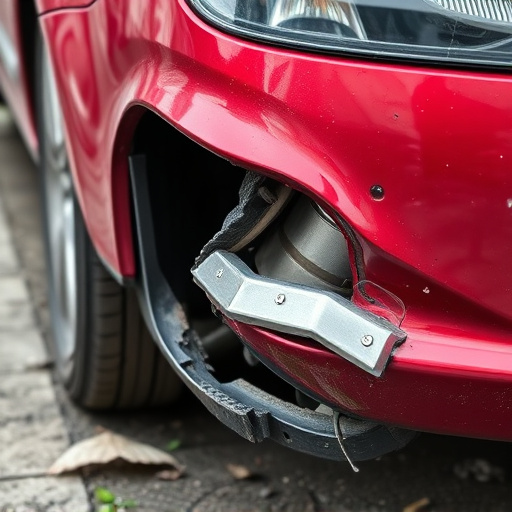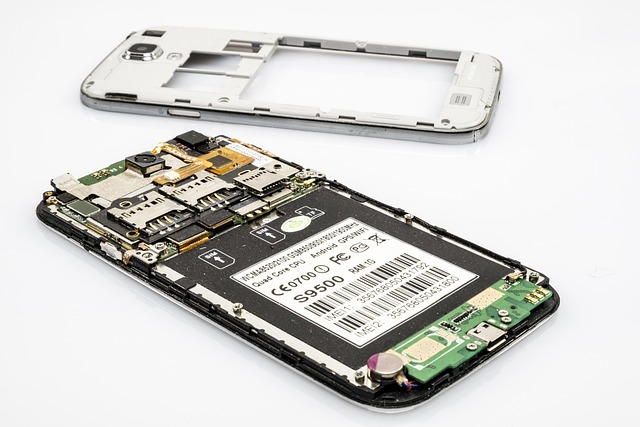The digital transformation of the collision claim process has brought about significant improvements in efficiency, speed, and transparency. Advanced technologies like mobile apps and digital platforms enable real-time reporting, instant communication, and automated document management. This evolution streamlines tasks from initial report submission to final settlement, reducing errors and enhancing convenience for all parties. Challenges remain, but future advancements in artificial intelligence and machine learning algorithms promise to further revolutionize the collision claim process, benefiting both insurance providers and clients seeking automotive repair solutions.
In the fast-paced digital age, the collision claim processing sector is undergoing a significant transformation. Traditional methods are being revolutionized by innovative digital tools, streamlining every step from initial report to final settlement. This article explores the profound impact of digitalization on the collision claim process, highlighting its advantages, while also addressing the challenges and charting potential future developments.
Key topics include:
Digital Transformation in Collision Claim Processing
Advantages of Using Digital Tools for Claims
* Challenges and Future Prospects of Digitalization in Claims Management
- Digital Transformation in Collision Claim Processing
- Advantages of Using Digital Tools for Claims
- Challenges and Future Prospects of Digitalization in Claims Management
Digital Transformation in Collision Claim Processing

The digital transformation has significantly revolutionized the collision claim processing industry, streamlining and simplifying what was once a complex, paper-heavy process. Today, cutting-edge technology plays a pivotal role in every stage of the collision claim process, from initial reporting to final settlement. Digital tools enable efficient data capture, instant communication between stakeholders (including car body shops, insurance providers, and policyholders), and automated document management systems that minimize errors and delays.
For instance, advanced mobile apps allow drivers to swiftly report vehicle dent repairs or other damages in real-time, replacing the need for lengthy phone calls or visits to auto detailing centers. This streamlines the initial reporting phase and accelerates the entire collision claim process. Furthermore, digital platforms facilitate seamless collaboration among various parties involved, ensuring that everyone works with the latest information and reducing the risk of miscommunication. The end result? A smoother, faster, and more transparent collision claim process for all.
Advantages of Using Digital Tools for Claims

The integration of digital tools into the collision claim process has brought about a significant transformation, offering numerous advantages over traditional methods. One of the key benefits is the enhancement of efficiency; digital platforms streamline various tasks involved in processing claims, from initial report submission to final settlement. For instance, claimants can now easily document damage through high-quality photos and videos, providing insurers with clear insights into the extent of the vehicle repair needed.
Additionally, these tools facilitate real-time communication between all parties involved, including insurance providers, mechanics, and policyholders. This connectivity ensures that everyone stays informed about the collision claim process, from estimating costs for car paint repairs to coordinating auto bodywork services. As a result, it accelerates the overall claim settlement time, providing a more convenient experience for both insurers and claimants.
Challenges and Future Prospects of Digitalization in Claims Management

The transition to digital tools in claim processing has brought about significant improvements in efficiency and accuracy. However, several challenges remain, particularly in the collision claim process, where the complex nature of vehicle damage assessment and coordination with various service providers can still pose hurdles for seamless digitalization. Despite these challenges, the future prospects look promising.
As technology advances, we can expect to see greater integration of artificial intelligence and machine learning algorithms in claims management, potentially streamlining the entire collision claim process. Digital platforms could enhance communication between insurers, repair shops, and policyholders, facilitating faster decision-making and more transparent vehicle repair services, including efficient frame straightening processes. This evolution will not only benefit traditional insurance providers but also foster a smoother transition for clients seeking automotive repair solutions in today’s digital age.
The digital transformation of the collision claim processing industry is revolutionizing the way claims are handled. By leveraging advanced digital tools, companies can streamline their operations, reduce costs, and enhance efficiency in managing collision claims. While challenges remain, such as data security concerns and the need for widespread adoption, the advantages are clear. As technology advances, we can expect further innovations that will shape a more proactive and responsive collision claim process, ultimately benefiting all stakeholders involved.














